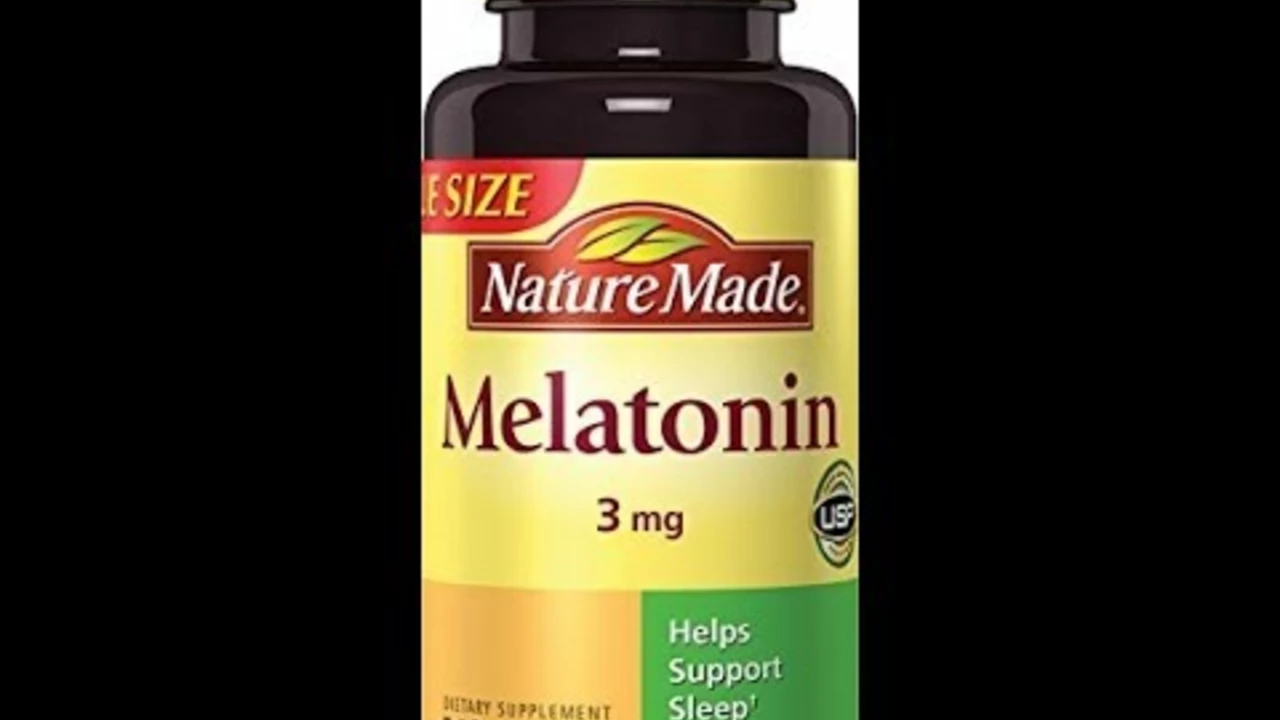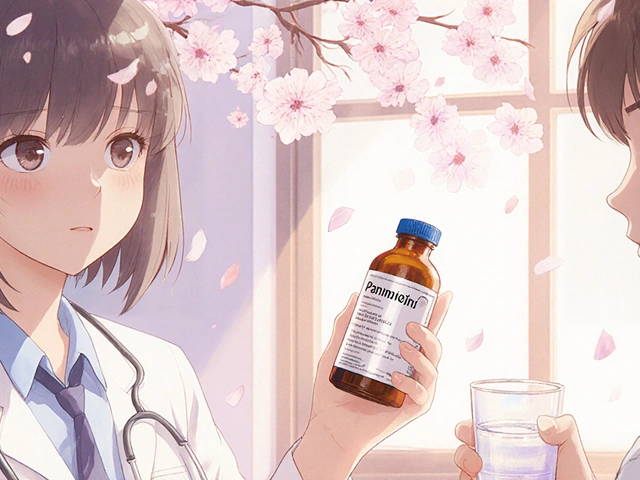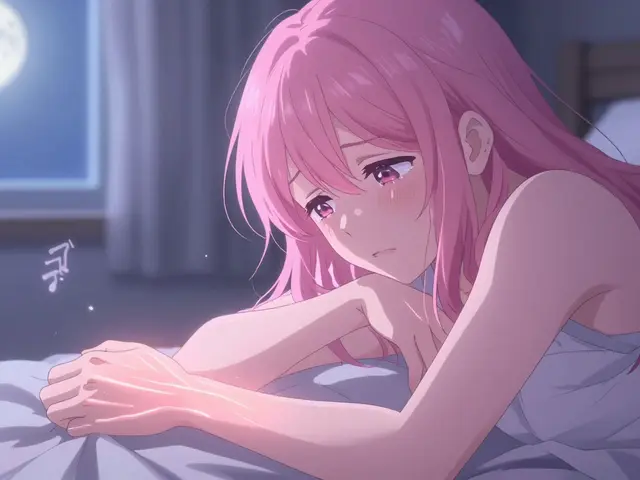Dyer's broom: a quick guide to ID, dyeing, growing and safety
Ever seen bright yellow cloth and wondered where the color came from? Dyer's broom (often Genista tinctoria) is an old-school plant used for yellow dye and simple herbal remedies. It’s easy to spot, simple to grow in the right spot, and handy if you like natural dyeing — but it also needs respect. Here’s what to know without the fluff.
How to identify and use dyer's broom
Look for low, bushy shrubs with narrow, green leaves and clusters of small yellow pea-like flowers in late spring or early summer. The flowers are the main dye source; fresh blooms give the brightest yellow. People have used those flowers for fabric dyeing for centuries — the process is straightforward: simmer flowers in water to extract color, strain, then add fabric and simmer again. For better fastness (how long the color lasts), mordant the fabric first with alum. The result is usually a warm golden-yellow that can shift slightly with water pH and mordant choice.
Besides dyeing, dyer's broom appears in old herbal texts for mild uses like seasonal teas or topical folk remedies. Modern herbalists sometimes mention it, but it’s not a mainstream medical treatment. Don’t swap it for prescribed medicine without talking to a healthcare pro.
Growing tips and safety basics
Dyer's broom likes full sun and well-drained soil. It tolerates poor soils and doesn’t need much fuss once established. Plant in spring, water moderately while young, and prune lightly after flowering to keep a neat shape. It spreads slowly, so it’s a good fit for borders or a dye garden patch.
Safety first: dyer's broom contains alkaloids that can be toxic in large amounts. That means don’t eat the plant, don’t assume homemade extracts are safe, and avoid using it during pregnancy or if you’re on strong medications. If you plan to make teas or supplements, check with a qualified herbalist or your doctor. For dyeing, wear gloves if you have sensitive skin and work in a well-ventilated space.
Where to get it: look for seeds or young plants from specialist native-plant nurseries or suppliers that list Genista tinctoria. If you buy seeds, choose reputable sellers and follow local rules — in some regions related broom species can be invasive.
Quick practical tips: dry flowers hang upside down in a cool, dark place for later dye batches; use a pH test strip if you want to tweak shades; and always mordant properly for longer-lasting color. That’s enough to get you started with dyer’s broom — a small, bright plant with simple rewards if you treat it with care.






